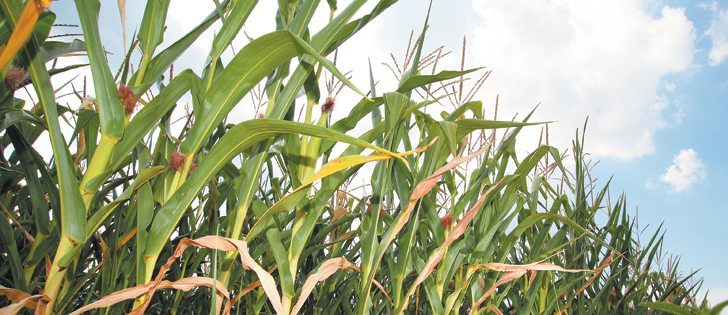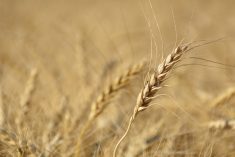Forecasts based on market history and stocks-to-use ratios indicate U.S. farmers should see slightly profitable prices
PHOENIX, Ariz. — History shows that a spring rally is coming in corn and soybean markets, say two leading grain market analysts.
If they are right, it should boost all grain and oilseed prices.
Bryce Knorr, senior grain market analyst with Farm Futures, said the corn stocks-to-use ratio is projected to be less than 13 percent, which has happened nine times in the past 20 years.
“In eight of those years, we have taken out the fall highs,” he told the 2015 Commodity Classic.
“Usually this happens in the March to May time frame, so some time in the next three months.”
Read Also

Why feds imposed EV tariffs
Moe and Kinew have a fight on their hands when it comes to eliminating the EV tariff. Canada has to worry about pissing off the U.S. and Mexico and hundreds of thousands of auto workers.
The fall high for the December 2015 corn futures contract was $4.39 per bushel, while the minimum historical rally was 4.5 percent above the fall high, which would put the spring price at $4.58.
The soybean stocks-to-use ratio is projected to be less than 15 percent, which has happened 14 times in the past 20 years. The November futures contract has rallied to take out the fall high in all 14 of those years.
The minimum rally out of those 14 years would result in a $10.85 soybean futures price.
U.S. farmers would be able to make a small profit on their crops if those corn and soybean prices are achieved.
“Of course, as the saying goes, past performance is no guarantee of future success,” said Knorr.
Ed Usset, grain marketing specialist with the Center for Farm Financial Management at the University of Minnesota, also believes corn and soybeans will rally in spring to match or exceed their December highs.
Usset said March-June tends to be a good time to price corn and soybeans based on historical data because spring is often too hot or cold, too wet or dry or farmers are getting in the fields too early or too late.
“There is a lot of anxiety, and this is what creates this bulge that tends to happen in the spring,” he said.
He analyzed how many times since 1980 the December new crop corn contract has rallied in the spring to surpass the December winter highs.
“Over the last 35 years, 70 percent of the years have found a way back to that December high or higher in the March-April-May period,” said Usset.
“That’s not bad odds.”
Half of the time it exceeded the December highs by five percent, which this year would be $5.60 per bu. for corn.
The odds of corn prices rallying to the average cost of production of $5.25 are 14 percent.
There were a handful of years where there was no spring rally, but those were years when the fall price was exceptionally high or exports were exceptionally poor.
“I don’t think we’re in that category,” he said.
Usset found that the results were similar when he crunched the numbers for soybeans.
“Just like corn, seven out of 10 years would revisit that December high or go higher,” he said.
For this year, that would mean a rally back to $10.29 for soybeans.
“You ask, what will get us there? I don’t know. That’s what is interesting about the spring, isn’t it?”
Based on the past 35 years, there is a 50 percent chance of achieving a five percent premium over the December high, which would mean $11 soybeans.
As well, there is a 31 percent chance of rallying all the way back to the $11.50 estimated average cost of production.
“That surprises me. I wouldn’t hold my breath on that,” said Usset, noting the forecast for a record South American crop and increased soybean plantings in the United States.
Knorr said many factors can influence a potential rally.
Index funds, which take long positions in commodity markets, have been backing away from agriculture the past few years and are showing no signs of reversing that trend.
Speculators, who take long or short positions, were long in early 2014, then wound down their holdings and are now neutral. What they decide to do from here on in could bolster or neuter any potential rally.
The number of acres seeded to corn and soybeans in the U.S. is the other big influencer, which is still a big unknown.
















